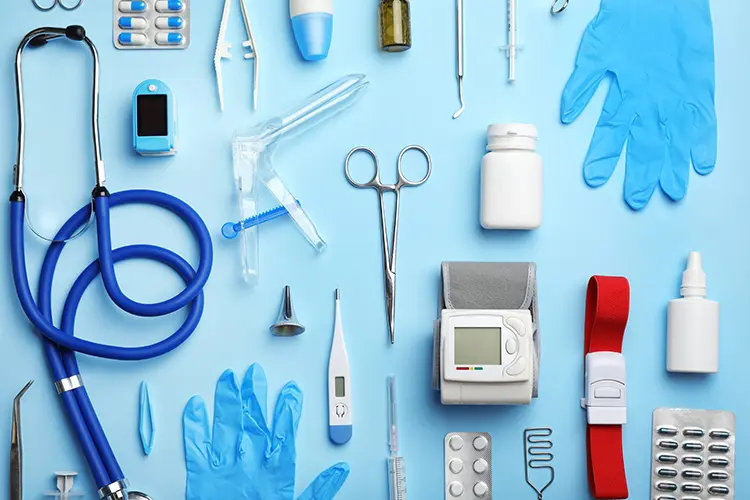
Confused about the various Classes the Canadian Government uses when classifying medical devices? Look no further, as we’ll provide a simple overview of the Canadian Medical Devices Regulations and Classifications and what they entail.
The Canadian Government utilizes a risk-based approach to regulating products within the medical domain. Evidence of safety, and effectiveness, as well as the risk associated with the equipment, is determined by applying the Classification Rules for Medical Devices as regulated by the Canadian Government. The devices can be found in a range varying from Class I, the lowest risk, and Class IV, devices posing the highest risk. The classification of devices is NOT based on the harm they’ll cause but according to the hazards they present.
Table of Contents
ToggleThe Medical Classes
The Medical Devices Regulations separate medical devices into the following 4 risk categories:
Class I
Includes low-risk devices that are surgically non-invasive such as wound care. This also includes a specific set of devices that are inserted in the oral or nasal cavities up the pharynx or ear canal, this includes toothbrushes, dressings for nosebleeds, and tympanoscopes (devices used to view the ear canal, tympanic membrane, or eardrum), etc.
Class II
Includes low-to-medium risk devices that are surgically invasive, including invasive single-use surgical instruments (such as suturing needles, short-term catheters, non-absorbable sponges, surgical gloves, etc.). If a device penetrates the body through an orifice or comes into contact with the surface of the eye, it falls under this classification.
Class III
Includes medium-to-high risk devices such as hip implants, glucose monitors, ultrasound diagnostic imaging equipment, and surgically invasive devices that are intended to be absorbed into the body or that are intended to remain in the body for at least 30 consecutive days. Other devices in this class include any device that is used to prevent or reduce the risk of transmission of infections during sexual activities.
Class IV
Includes high-risk devices that are surgically invasive devices that diagnose, control, or correct a defect in the central cardiovascular system, the central nervous system, or a fetus in utero. This includes devices such as pacemakers and fetal monitors. The device manufacturer, importer, or distributor is responsible for classifying the device.
The Risk Indicators
The following indicators are assessed when deciding the risk, a device poses:
- Degree of Invasiveness
- Duration of Contact
- Body System Affected
- Local versus Systemic Effects
But it is the intended use of the device that primarily determines the class of the device.
Degree of Invasiveness – Invasiveness means that the device will come into contact with the surface of the eye, or that it will penetrate inside the body whether it be through a natural opening or a surgically made opening. Some sub-rules can alter the meaning.
Duration of Contact – The duration of a medical device is either long-term or not. The long term implies use for a continuous period of up to and more than 30 days. Continuous use of a device is understood as uninterrupted use for the device’s intended purpose.
Body System Affected – The groups of muscles, tissues, and organs that are affected when the medical device is being used for its intended purpose.
Local vs Systemic Effects – Local effects refers to effects from the site at which the device is placed. Systematic effects are those that occur distant from the area in which the medical device was placed/inserted.
Importance of Classification
The device classification helps decipher the licensing required for your devices an well as the quality management system requirements that need to be met.
Receiving a classification is important because prescribers need to ensure that the equipment they are using meets all Health Canada guidelines.
The Canadian classification cannot be assumed to be the same in other countries such as the U.S or Europe. Classification systems there differ albeit sharing some similarities.
To learn more, visit the Official Government of Canada website or click here.
About Us
Veyetals is a wellness platform that uses your smartphone camera to measure your vitals such as you blood pressure, stress, and more within 30 seconds! Clinicians are using the Veyetals app to reduce the time and costs associated with the monitoring of patient’s vitals. This solution is equally beneficial for company’s to monitor their employee’s health and help them strive to be the best version of themselves whether at work or at home! Our solution is contactless, affordable, and simple. It’s the future of vitals monitoring!
Try our app for free from the iOS store or Android store.



